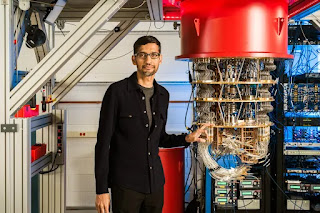In a groundbreaking experiment at the Technion Faculty of Physics , researchers demonstrated the transfer of atoms via quantum tunneling using optical tweezers. This novel method, which strategically avoids trapping atoms in the middle tweezer, represents a notable stride toward innovative quantum technologies. Quantum Tunneling in Optical Tweezers A new experiment at the Technion Faculty of Physics demonstrates how atoms can be transferred between locations using quantum tunneling with optical tweezers. Led by Prof. Yoav Sagi and doctoral student Yanay Florshaim from the Solid State Institute, this research was published recently in Science Advances. The experiment relies on optical tweezers , a powerful tool that uses focused laser beams to trap and manipulate tiny particles like atoms, molecules, and even living cells. Here’s how it works: when light interacts with matter, it creates a force proportional to the light’s intensity. This force, though too weak to impact larger objects,...



Comments
Post a Comment